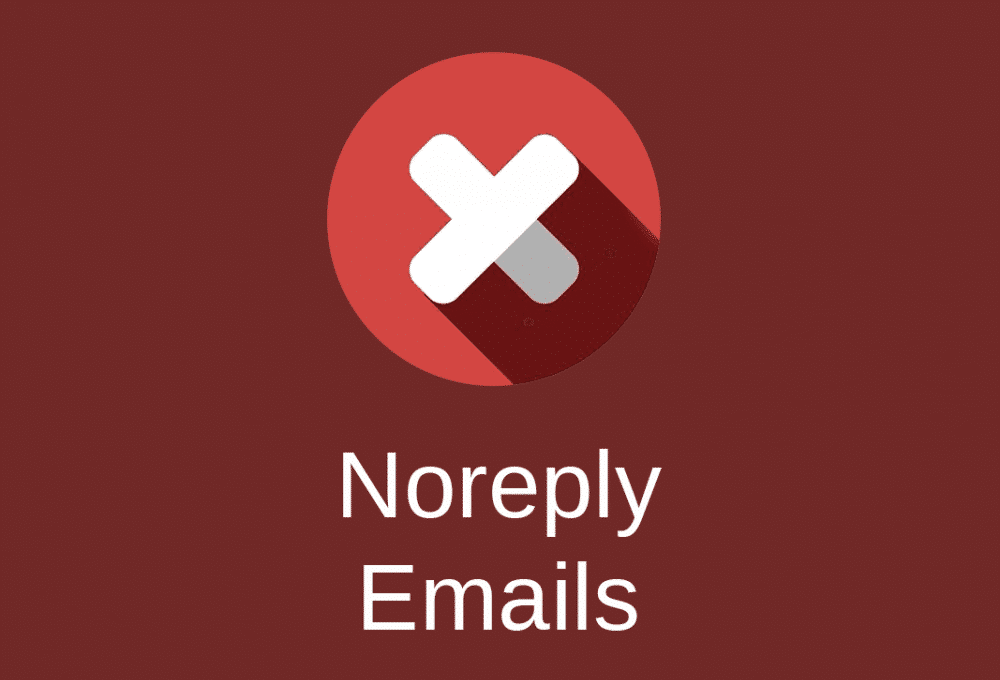1.8K
The term “Noreply” often appears in the subject line of an email or as the sender’s name or part of an email address. Such emails are harmless and usually not spam. In this article, we explain what is behind the “Noreply email”
This is a Noreply email
The so-called “Noreply email” is an automatically generated message. With such email addresses, you can assume that no one will actually read your email or even reply to it. The Noreply email was only sent for your information.
Information on no-reply emails
- The address is often used for website registrations or contact forms to send you a simple confirmation.
- Newsletters are also often sent via Noreply addresses, as the sender ultimately writes to you and not the other way around.
- The term “Noreply” (“no reply”) means that you cannot or should not make contact via this email.
- If you want to contact the sender, you must go to their site and search for help or contact options.
- Often the email address “[email protected]” does not even exist and is only mentioned as the sender. You will therefore receive an undeliverable message when you try to reply to it.
- The reason for the Noreply email address is the structure of companies with several departments: The press department sends out the newsletter, but queries belong to support or apply to sales.
- By the way, most people have hit reply on Noreply emails before.
Use your own Noreply email address: here’s how
You can also create your own Noreply email address for registering for competitions or other services. This way you will be spared advertising emails.
- Set up a disposable email address of your choice and use it only when needed.
- You can set up identities in an email program such as Thunderbird or define Outlook reply addresses.
- So you send an email using your normal email address and the recipient who clicks reply will reply to the Noreply email address.
- The only catch is that you can tell who really sent it by looking at the sender email address.

